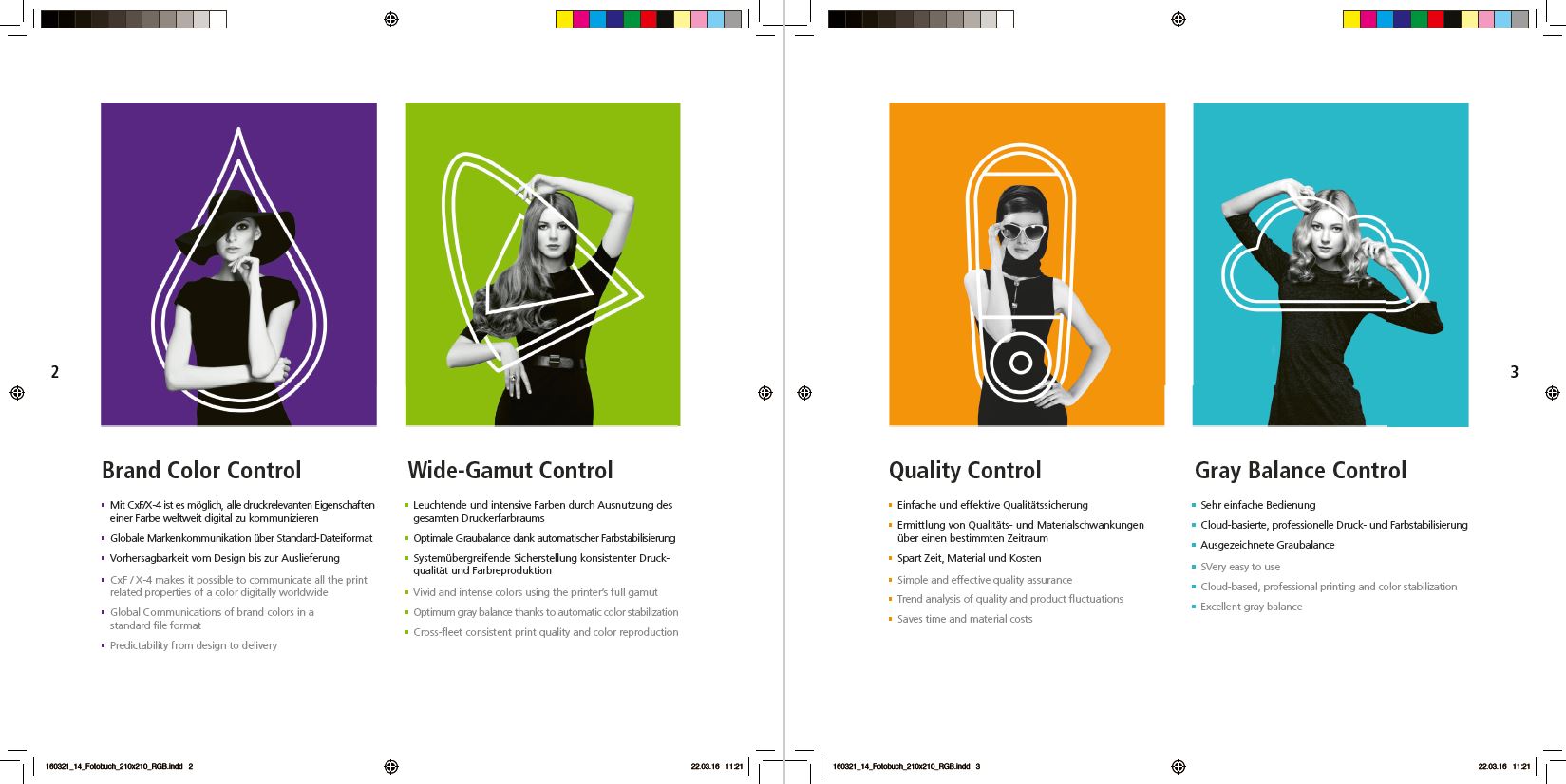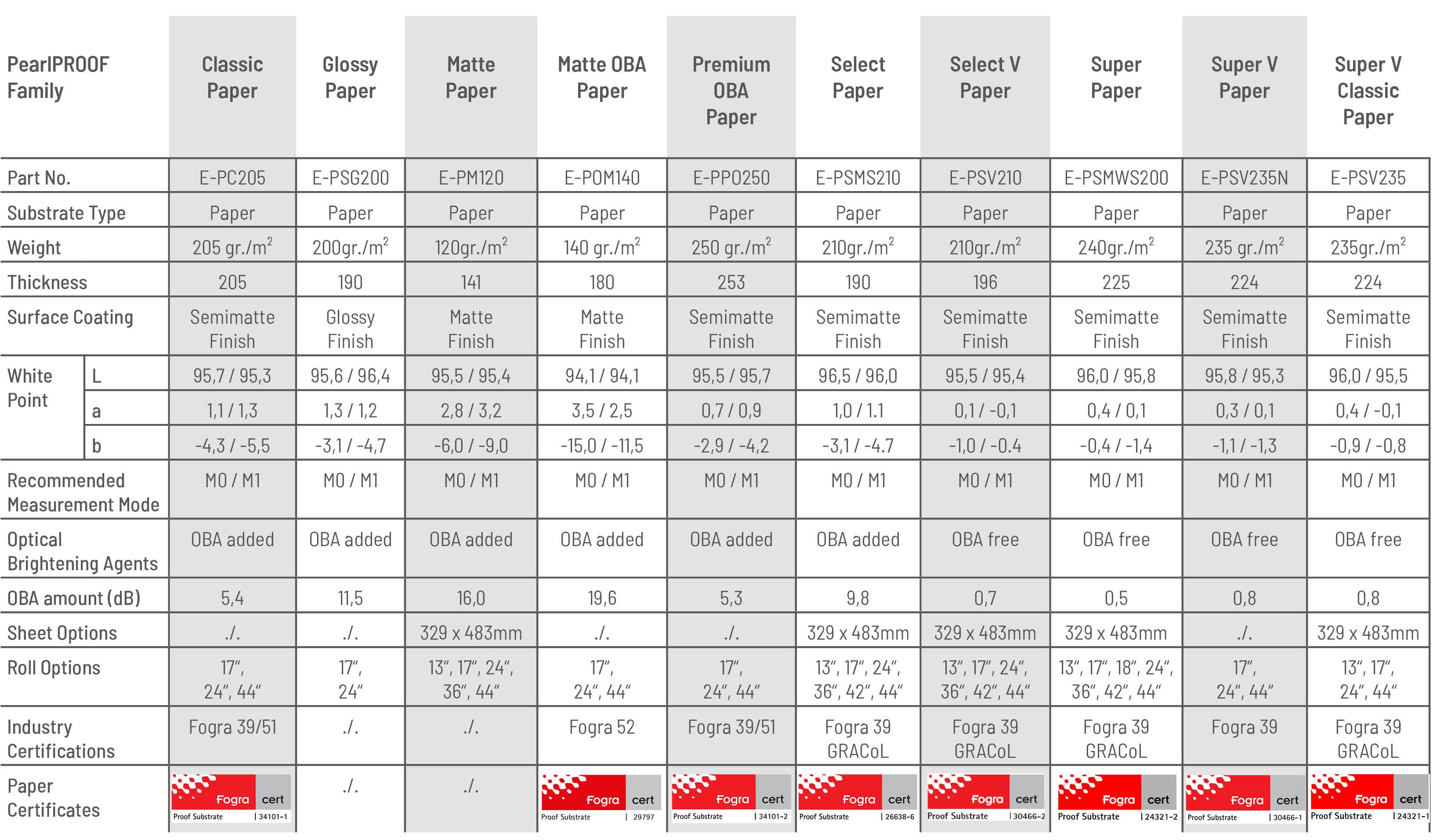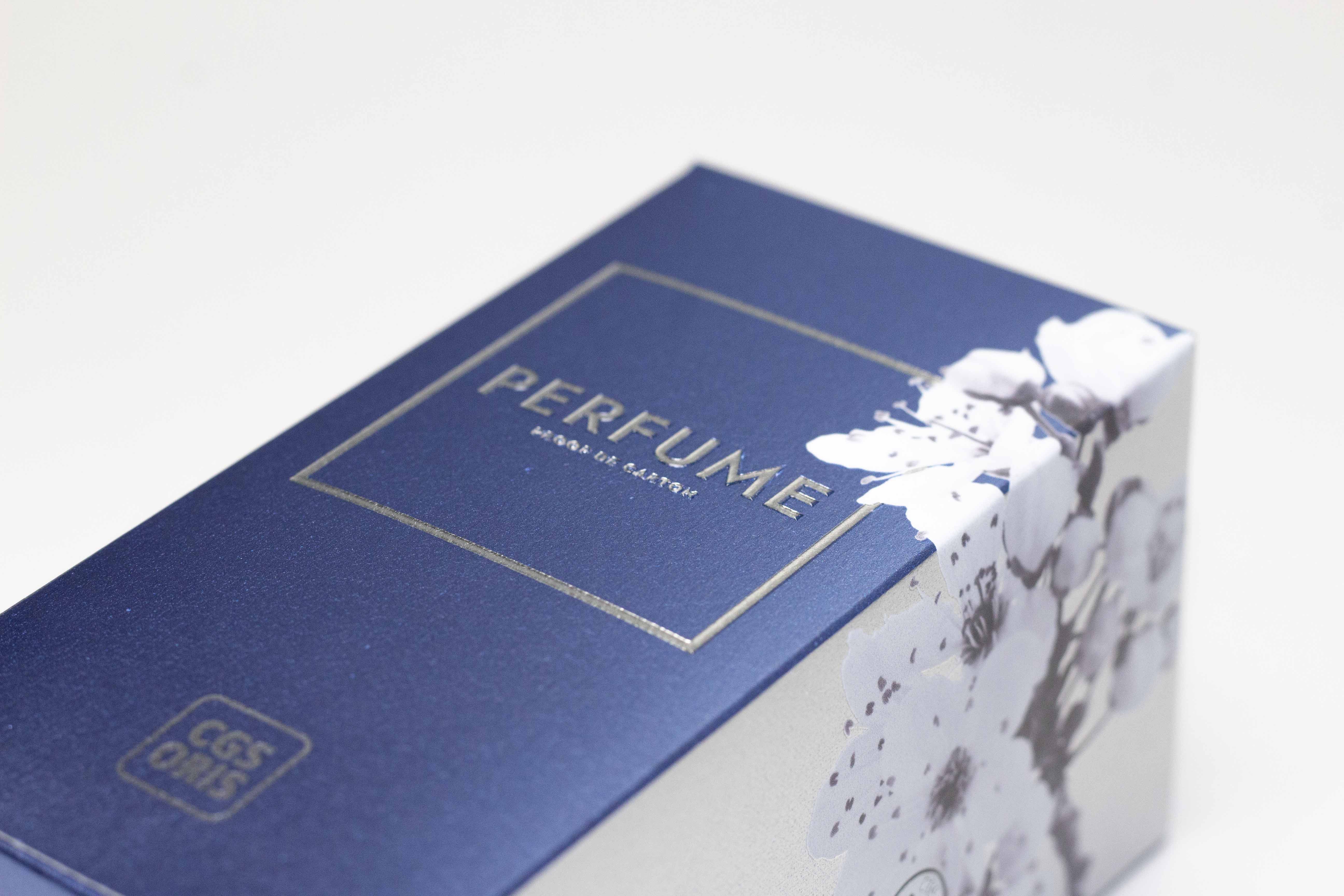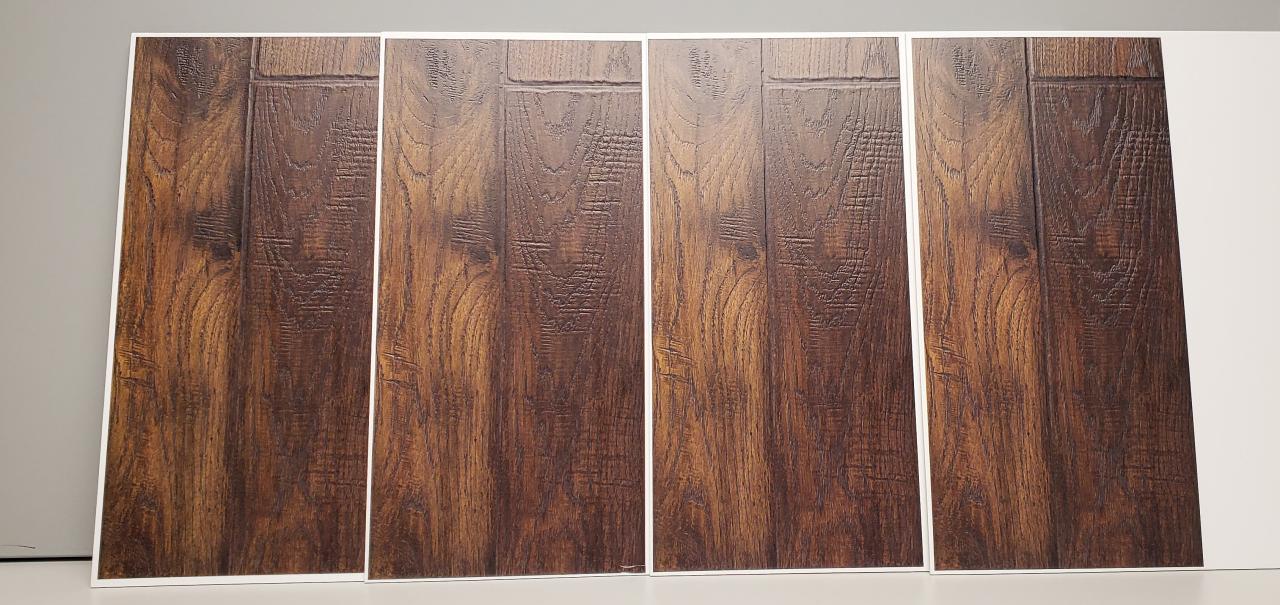How can I achieve color-accurate contract proofs?
Proofing has changed and evolved massively in recent years. Today, various approaches are available that can be used to perfectly address different requirements. In this article, we have summarized basic knowledge about proofing and briefly present the approaches – an exciting overview of the evolution of proofing.
Printed proofs are still an institution – even in today's digitalized world. They are the key to check designs, color, texts or to making a choice from different layouts of new products. They are an important part of global coordination and approval processes. For this purpose, of course, they need to be produced color-binding and in regard to particular standards. With professional proofing software, this is achieved fast and reliably. That is no secret and hasn´t changed for many years.
In contrast to that, other things have changed enormously: (1) Proofing does not “just” mean to produce “flat” proofs. Today, there are huge more options!
It includes (2) haptic proofing, which brings, for example, packaging proofs with varnish and embossing effects as well as mock-ups of new products to life. Haptic proofs can be experienced not just on a visual, also on a haptic level.
Besides that, a brand-new technology was introduced: (3) Direct-to-substrate proofing. An amazing approach and a huge step in the development of proofing for many, many companies of the printing and packaging industries as it allows proofing on the original production substrate of each customer.
And, there is much more to discover as we want to have high-quality proofs of all the things we are printing and on which we are printing today. As a result, (4) proofs of different kinds of surfaces and materials that are commonly used in the interior design sector can be produced without ease.
In this article, we are introducing the different proof approaches – an exciting overview and journey through the evolution of proofing.
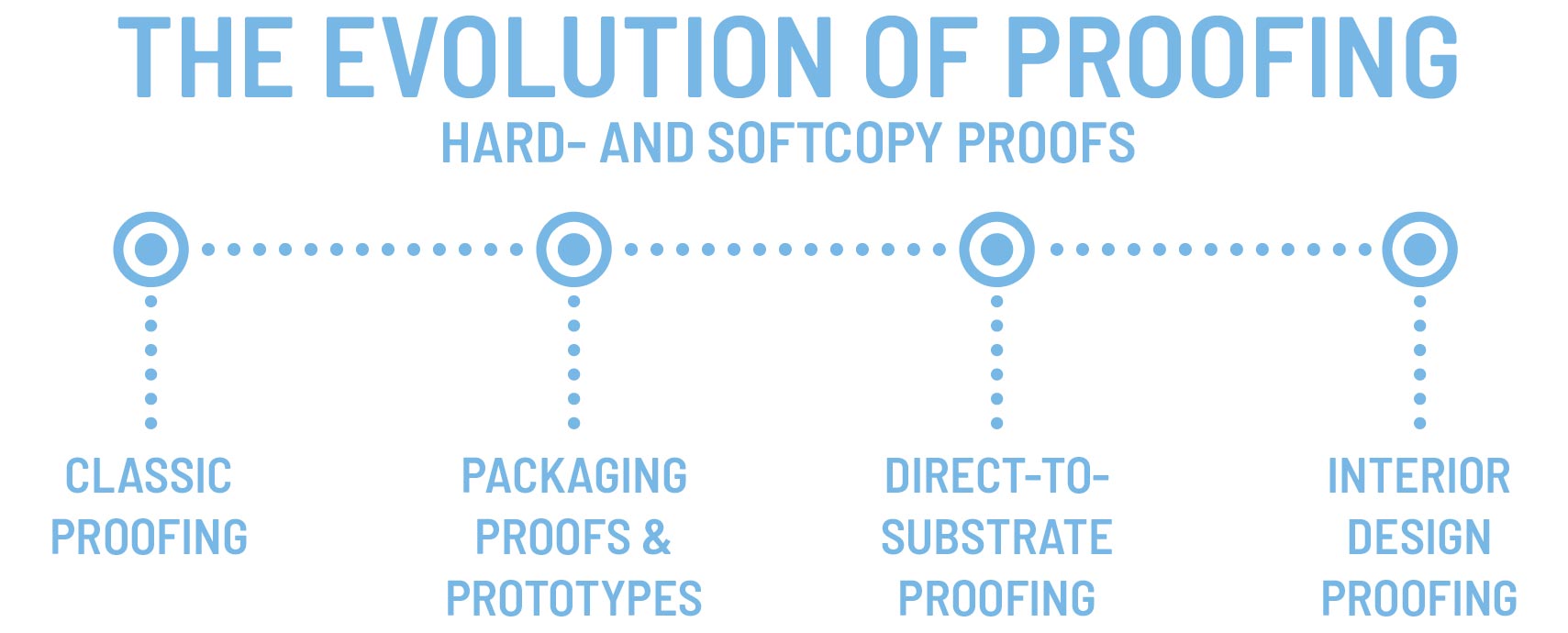
What exactly is proofing?
In this short video, Heiner Mueller, Sales Director Packaging at CGS ORIS, explains what proofing exactly means, how it has evolved and what color management does in that process.
What makes a proof a professional proof?
In our second short video, Heiner Mueller, Sales Director Packaging at CGS ORIS, sums up how a professional proof can be identified and how you can achieve it.
What is so special about proofing in packaging?
In the third part of our video series, Heiner Mueller (Sales Director Packaging at CGS ORIS) explains what makes proofing in packaging so special and what needs to be considered here.
Contact
CGS ORIS
Kettelerstraße 24
D-63512 Hainburg
Diese E-Mail-Adresse ist vor Spambots geschützt! Zur Anzeige muss JavaScript eingeschaltet sein!




